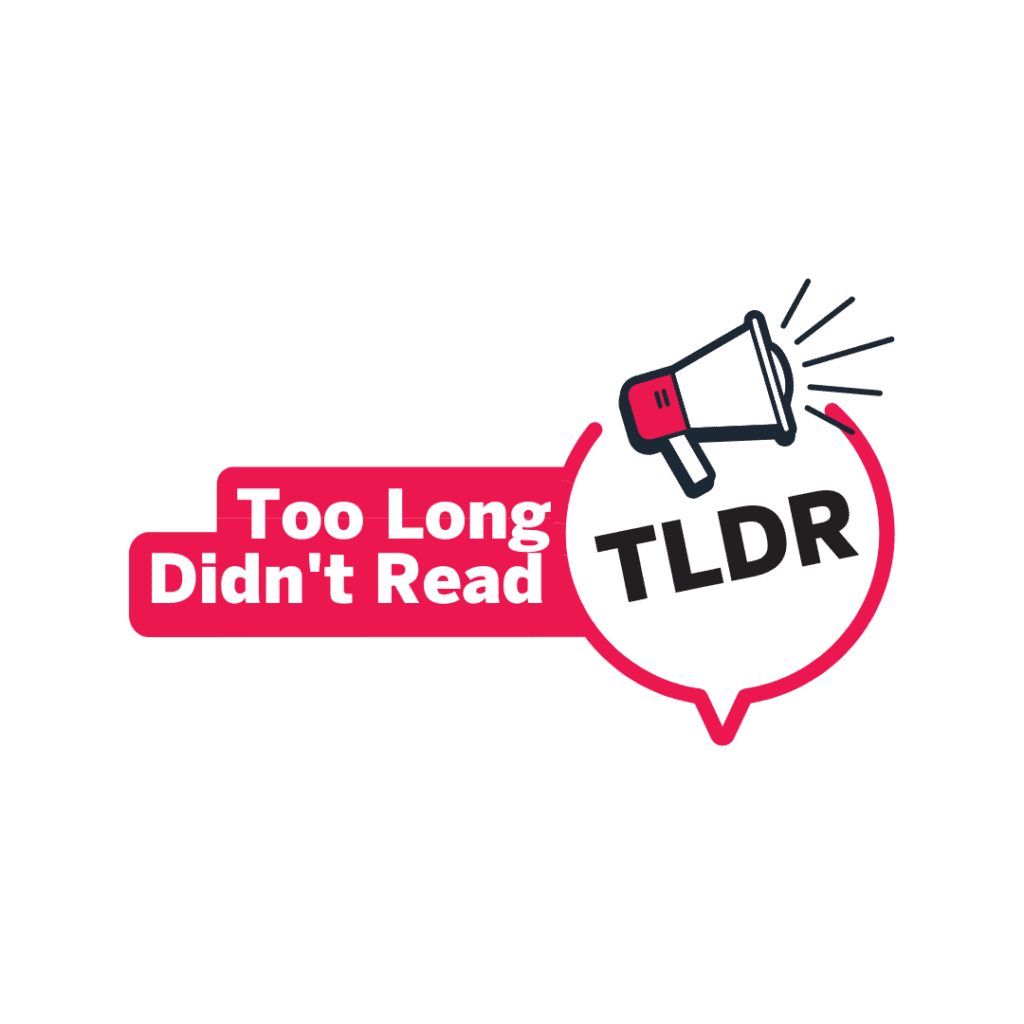

Project Summary
The demonstration effect is the assumption that sport events stimulate sport participation. This phenomenon is widely debated (e.g., Weed et al, 2015) given there is little evidence that sport events create new participation in sport. Local sport organizations (LSOs) can play a pivotal role in taking advantage of sport events to create new participation opportunities. In order to do so, LSOs must be willing and able to create that opportunity for enhanced participation. Previous studies have shown that LSOs are interested in leveraging events, but lack the capacity to do so (Taks et al., 2018). The purpose of this study was to assist LSOs built their capacity to increase sport participation opportunities with and without events. The study shows that intra-organizational dynamics fueled by competing priorities, obstructed LSOs to embark on new strategies to build their capacity to attract new participants in their sport, whether an event was included in the strategy or not.
Research Methods
Participatory Action Research (PAR; Frisbee et al., 2005) was used to help LSOs build capacity to increase participation. Five LSOs were recruited in two cities. In each city, a minimum of one sport was chosen that had a leverageable event (i.e., a major spectator event) taking place in that city. In each case, LSO administrators and board members completed a survey reporting their perceptions of existing capacity, willingness to grow, and readiness to change (Doherty, Misener, & Cuskelly, 2014). Next, the research team met with Board members, coaches, and interested volunteers to discuss assets and tactics to grow the sport. The research team provided reports for each LSO summarizing findings and making recommendations. Capacity building support took place via follow-up phone, email, and meetings with members of the research team.
Research Results
LSOs without events
The internal dynamics LSO1 prohibited the collection of data among board members, preventing a formal partnership from moving forward. LSO2 participated in the capacity survey (n=5) and a workshop. Two follow-up initiatives were consequently formulated: (1) a one-day future visioning workshop, and/or (2) a publicity audit workshop and subsequent development. Both initiatives required interest and participation of board members, coaches and/or volunteers. The proposed initiatives were not disseminated based on one person’s concerns that the Board members, coaches, and volunteers could not invest the necessary time to develop these initiatives. Follow-up interviews with members of the club demonstrated incongruence on the desire to move this agenda forward and a lack of clarity in communication among the Board. Addressing these capacity concerns was beyond the scope of this project.
Sixteen board members from LSO3 filled out the capacity survey and seven members participated in the workshop. Three areas specifically related to stimulating participation were identified: (1) adult retention beyond first involvement, (2) summer league team retention, and (3) transition planning for youth/junior members to adult; followed by a 6-step action protocol. The first three steps were essential to confirm partnership and required action from the LSO. Unlike several follow-up communications and reminders from the research team, these first three steps were never achieved, and the project stalled. These results demonstrate that other priorities prevailed.
LSOs with events
Capacity data and interviews with the head-coach of LSO4 revealed that the event was one of the reasons the city wanted to establish a club. While this can be consired an important outcome from the event, LSO4 did little to leverage the event to build participation, because energies were focused on getting the club up and running. In this case, the head coach was focused on high performance sport and wanted to avoid the complexity of a board driven organizational arrangement. Thus, the club was established as a for-profit entity with no Board to support a broader capacity. To help the viability of the new club, the city agreed to abolished its learn-to-dive programs. Only a small number of the participants from the city’s learn-to-dive programs transitioned to the new club. Thus, high performance diving was stimulated, but recreational took a hit.
Five board members of LSO5 participated in the capacity survey. Through the workshop, LSO5 identified the establishment of satellite and regional programs as one of their desired outcomes. Hence, the research team helped develop a six-step process to assist the club build satellite programs, and capitalize on the event. However, the leadership’s focus on high performance sport and running the event distracted attention from the satellite area. Instead, leveraging took place at the event using a database marketing strategy. This led to 58 contact e-mails from interested parents and 121 kids. LSO5 sent out an e-mail in the fall with an offer for two free sessions. No one took up this opportunity. Follow-up calls with non-respondents revealed that the offer was attractive, but they had not read the email. The tactic did not yield new participation. One satellite program is up and running at a low profile; the event was not used to attract new participants.
The current study fills gaps in the capacity building framework by developing skills, knowledge and resources that enable marketing for participation, identifying partnerships, as well as strategies and tactics to incorporate events into an LSO’s participation marketing mix. We found, however, that intra-organizational dynamics interfere in this process. Other priorities (e.g., focus on high performance sport, organizing an event) divert attention away from stimulating opportunities for new participants. Gatekeepers tend to protect these priorities, leading to mis-(or non)communication between members of LSOs, resulting in lack of clarity and uncertainty. While LSOs give lip service to the need to increase participation, the effort and increased resources required to do so mitigates action. These dynamics affect the success (or not) of PAR with LSOs. From a practical standpoint, we learned that a PAR approach may not be successful, even when goals are stated (Chalip et al., 2017). Desired outcomes were collectively expressed at the onset of each project, but inter and intra-organizational dynamics interfered with successfully attaining these outcomes, including the ability to leverage events to grow sports locally.
Policy and Program Implications
Building capacity in LSOs to leverage major sport events to increase sport participation is overruled by other priorities, particularly sport development and high performance for those already in the system. Instead of claiming that sport events increase sport participation, it is more prudent to state that events stimulate sport development for those already in the sport. Strategies to optimize sport development in LSOs through events can be further explored including tools to accurately measure changes in sport development, and finding ways to track this longitudinally. If, on the other hand attracting new participants in sport is important, then avenues, other than events, must be developed and stimulated for newcomers to try the sport (i.e., introduction to organized sport), as well as experiencing the sport at a recreational level (i.e., sport for fun, health, social interaction and relaxation).
Next Steps
If LSOs are identified as important actors to increase sport participation, a concerted action will have to come from the (sport) policy level, and/or NSOs/PSOs to support LSOs with available marketing expertise for doing so. For example, paid staff, with the necessary expertise could be hired either at a municipal level, and assist multiple local LSOs; or paid staff from NSOs and/or PSOs can be tasked to assist LSOs with their marketing strategies to attract new participants.
Knowledge Translation
All participating LSOs received summaries of the workshops, inclusing results of the capacity survey, and the proposed initiatives to build their capacity.
Infographics will be produced and can be dissiminated to NSOs, PSOs, and LSOs.